Forschung
Rock inscriptions and images are not only media conveying one or more messages in a textual or visual way, but at the same time participate themselves as agents in processes of communication and interaction with their surrounding environment and their recipients. These processes are influenced by various factors beyond the mere content of the text or depiction; the factors relate, on the one hand, to the formal characteristics of an inscription, such as its dimension and composition, and, on the other, to its location and orientation.
When examining the rock inscriptions with traces of colour, the focus of interest is as to whether and, if so, to which extent these colours contributed to conveying the intention or message of an inscription to both a real audience and symbolic recipients, such as deities. In this context, it is also key to determine the meaning of the different colours, and if their use is defined or limited by the rules of decorum. Moreover, comparison is to be made not only with the actual colouration on other monuments of the same material, but also with the colours used for objects in two-dimensional depictions.
In order to analyse the several hundred rock inscriptions on Sehel Island for possible remains of pigment (some of which are still visible to the naked eye) a portable, handheld X-Ray Fluorescence Spectrometer (pXRF) can be used on site. This device permits the non-invasive and contactless investigation of the inscriptions. Additionally, the D-Stretch method can be applied to digital photographs, by means of which possible colouration can be rendered more visible by intensifying colours within the RGB colour space.
While parts of the corpus of rock inscriptions on Sehel Island had already been recorded and published during the second half of the 19th century, a complete documentation of all inscriptions was carried out only around a century later. Over the course of four field seasons during the years 1990–1992 and 2002, a Franco-Egyptian team under the direction of Annie Gasse and Vincent Rondot recorded and documented the inscriptions with transcriptions, translations, facsimiles, and photographs. The team also collated the inscriptions, as far as possible, with those published, and compiled them within a comprehensive catalogue (issued in 2007 by the Institut Français d'Archéologie Orientale as the 126th volume of its MIFAO series). In the course of two field seasons in autumn 2014 and spring 2015, the German Archaeological Institute Cairo was able to identify another 89 previously unpublished rock images and inscriptions within the project “Rock Inscriptions and Rock Art in the Area of Aswan”.
In addition to the almost completed epigraphic and topographic documentation of the rock images and inscriptions of the First Cataract area, the analysis of the colour remains contributes to the reconstruction of the ancient landscape. Moreover, research on communication processes within sacred spaces is a current interest of the Cairo Department; its complex questions may be answered in part by means of this study. Depending on the results from the material from Sehel Island, this study could be further expanded chronologically and spatially in order to understand potential chronological and contextual developments within the entire region of Aswan.

